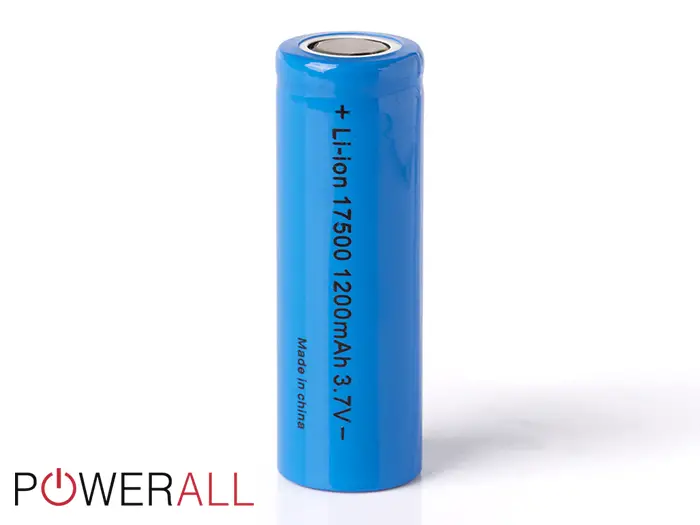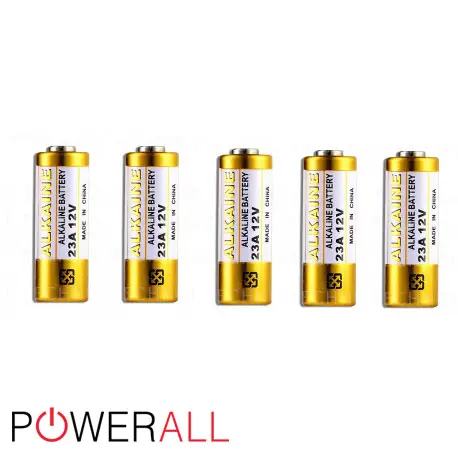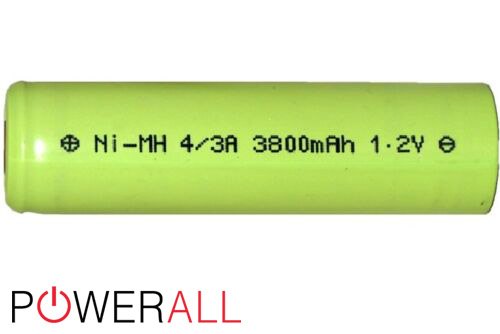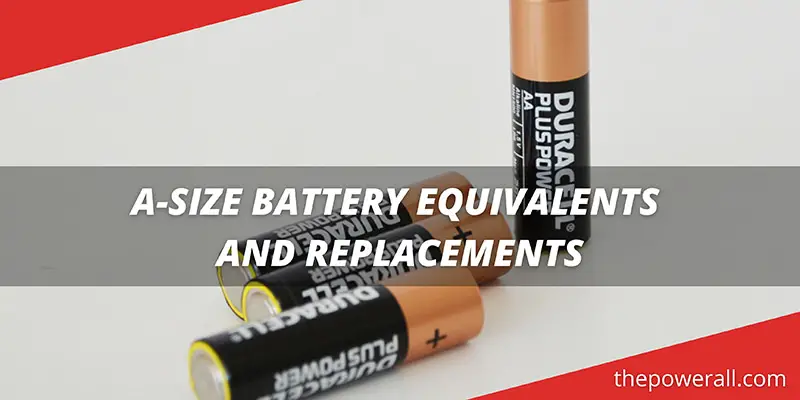A-size battery has a lot of labels, but in contrast to other cells, each indicates different chemicals or battery terminals. The variety of meanings and confusion with other products of the same size lure users into a shopping trap. If you are also experiencing such troubles, let our article clear your concerns about A-size equivalents.
A Battery Size: Specifications & Exact Equivalents

Single A battery comes cylindrical with physical dimensions of 17 x 50 mm (0.67 x 1.97 inches). Weight varies depending on the structure and chemistry inside.
One of the unique features of this type is the compatibility with many plugs, including button-top, flat-top, and other soldering tabs. However, the last option should come from the factory because DIY can easily damage your battery.
As mentioned above, A-size includes many battery types, but they are divided into two main categories: rechargeable and non-rechargeable.
Rechargeable Or Primary Batteries
Common batteries in the rechargeable category include Nickel Cadmium (NiCd), Lithium-ion, and Nickel Metal-Hydride (NiMH) – A-size battery equivalents.
The Nickel Cadmium weighs about 32-35g depending on the model. It produces a nominal voltage of 1.2 volts and a nominal capacity of 1400 mAh. The biggest benefits of this choice include strong currents to power high-consumption applications.
However, it gradually lost its competitive advantage in the market because of significant shortcomings. Users find Nicd batteries not cost-effective as they fail to support large charge cycles and feature high self-discharge rates.
Besides, one of its main components – Cadmium, which is not very environmentally friendly, puts considerable pressure on recycling after extended periods of usage.
Above all, the memory effect acts as the biggest factor in reducing the popularity of NiCd batteries. Simply put, your products remember the previous charge but mistake it for the lowest level of drain performance.
NiMH A batteries feature the same stable voltage of NiCd, but its nominal capacity levels up to 2500-3000 mAh. Its weight is also noticeable, from 35 – 40 grams.

This option comes to overcome the disadvantages of Nickel Cadmium. In other words, its memory effect occurs at low rates, and the number of charge cycles improves with the right charger and charging manners. It also becomes more environmentally friendly but still requires a strict recycling process.
Manufacturers offer various multi-drain NiMH batteries, so cordless and high-current tools should be bundled with high-consumption items. This choice provides smaller energy density, but it ensures safety.
Lithium batteries come under the “17500” labels. In comparison, their nominal voltage triples (3.6-3.7 volts), and the nominal capacity reaches 1100 mAh.

As a step forward in manufacturing technology, the 17500 battery overcomes most of the shortcomings of the two above. It has no memory effect, supports up to 500 charge cycles, and has a low self-discharge rate.
Some high-dissipation models can handle currents up to 20 C+ amps. You should install them for high-drain applications to increase battery shelf life.
Non-rechargeable Or Secondary Batteries
Like other batteries in the same family, A-size batteries include two common chemistries: carbon-zinc and alkaline. The first usually appears under the label R23, while the alkaline battery has another name, LR23.

Both produce a rated voltage of 1.5 volts, and the capacity varies with the component, discharge rate, service life, etc.
Additionally, you may encounter a few products containing Lithium-Thionyl Chloride (Li-SOCl 2), also referred to as 17500. This option appears common in industrial, security, or medical equipment.
Its nominal voltage is two-fold that of the two above (3.6 volts), and the rated capacity is determined at about 3600 mAh. A discharge rate of just under 1% per year also received considerable user attention.
On the downside, these non-rechargeable products are no longer popular. Most people think of rechargeable battery cells when in need of single A batteries.
A-Size Vs. Other Fractional Sizes
2⁄3 A Vs. A Battery

The 2⁄3 A battery comes with about a third shorter length than the A-size. Its physical dimensions measure 17 x 33.3 mm, thus reducing the capacity.
This option is also common in custom battery packs, including solder joints. It also includes rechargeable (CR123A lithium 3.0 volts) and non-rechargeable (17330 or 17335).
The first one usually appears in backup devices and EDCs with low self-discharge rates. Meanwhile, the remaining is often applied in toys, flashlights, or wireless devices.
4⁄3 A Vs. A Battery

The 4⁄3 A battery has a longer height than the A-size (66.7 mm) and the same diameter (17 mm). This physical size leads to a larger capacity suitable for stronger sets.
Manufacturers often label 4⁄3 Lithium as 17670, which fits into large battery compartments. Options containing NiCd and NiMH are also popular in household electronics and industrial applications.
FAQs
What Is The A Battery Used For?
These button batteries are rarely used as a single part. Manufacturers often apply them in custom battery packs for remote controls, toys, old laptops, e-bikes, etc.
Why Is There No A Or B Battery?
A and B batteries have faded into obscurity in the public eye as they cannot meet practical uses by end users, at least in everyday electronics. Instead, AA, AAA, C, and D dominate the modern market.
Conclusion
What size battery does A? In short, it measures 17 x 50 mm. Understanding its dimension and features is important to ensure performance and safety. However, this isn’t easy to be clear of A-size equivalents, as each label represents a different category or chemistry. So which one is for you? Compare the needs of the device and find the exact battery.









0 Comments